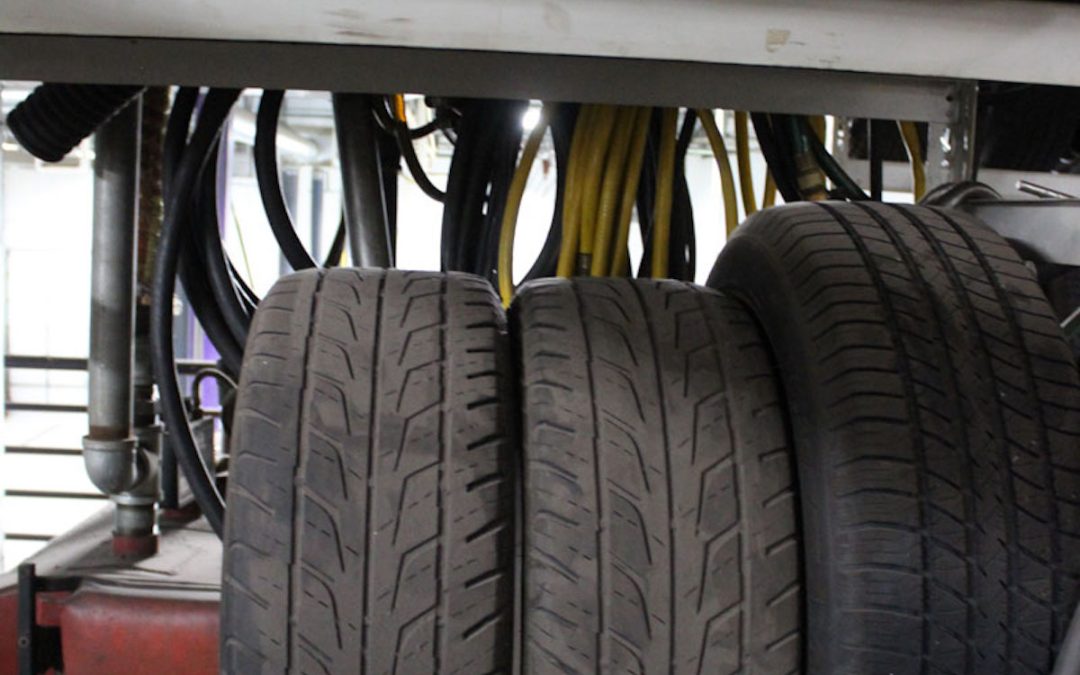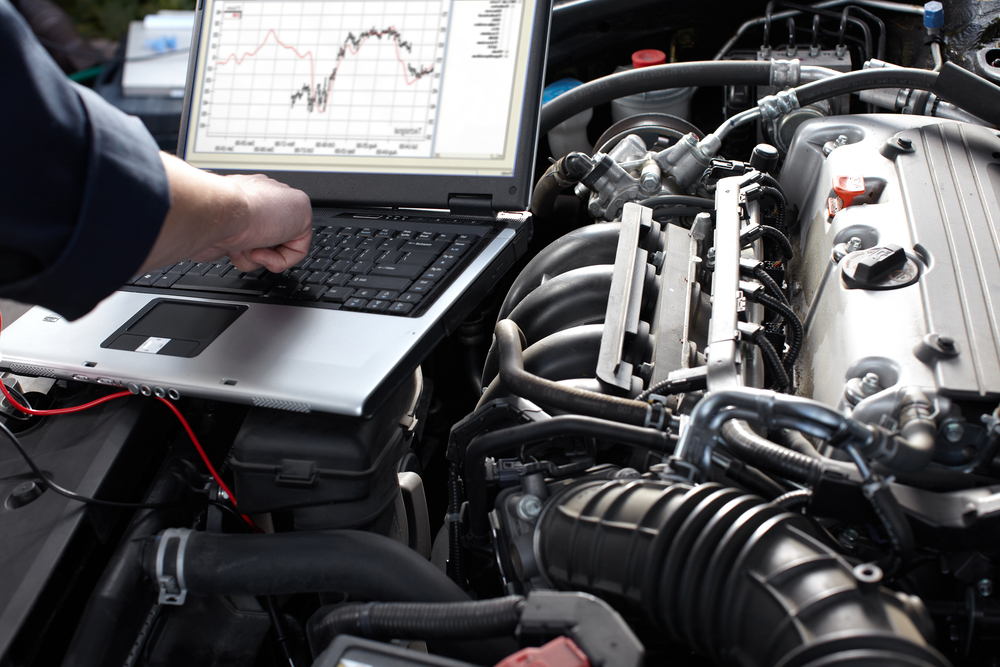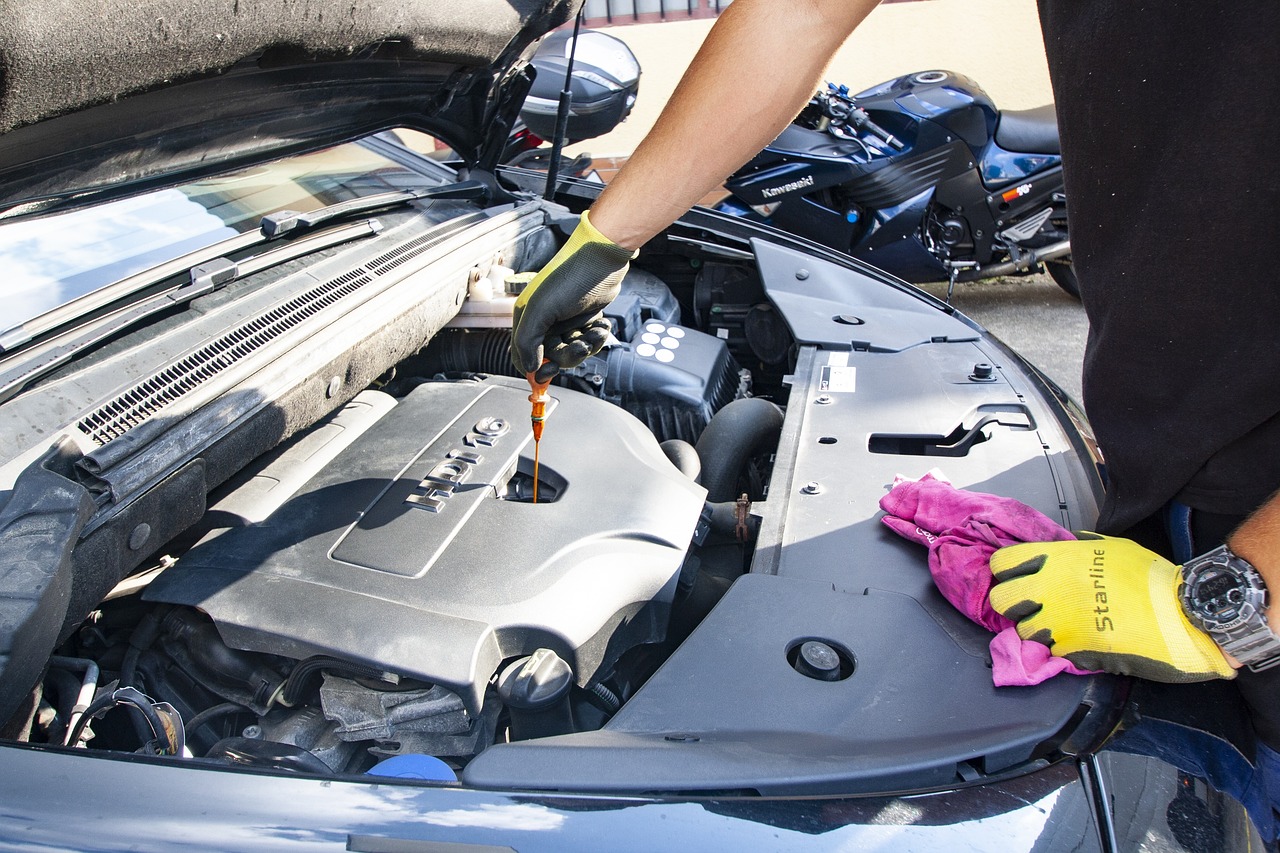The significance of tire maintenance extends beyond safety—it directly impacts the overall driving experience and comfort of both the driver and passengers. This article delves into the importance of tire maintenance, the key tasks involved, the effects of neglecting these tasks, and the importance of choosing the right tires for your vehicle.
Key Tire Maintenance Tasks for an Improved Driving Experience
Maintaining Proper Tire Pressure
Tire pressure plays a pivotal role in ride quality. Both overinflated and underinflated tires can lead to a rough, uncomfortable ride. Maintaining the recommended tire pressure ensures a smooth and comfortable driving experience by allowing the tires to absorb road shocks effectively.
Regular Tire Rotation
Tire rotation promotes even tire wear, which is critical for balanced handling. Irregular tire wear can lead to vibrations and reduced handling performance, negatively impacting the overall driving experience. Regular tire rotations as part of your tire maintenance routine can help ensure a smoother, more enjoyable ride.
Alignments and Tire Balancing
Proper wheel alignment and tire balancing are also crucial for ride comfort. Misaligned wheels can cause your vehicle to pull to one side, while unbalanced tires can lead to vibrations. Regular alignments and balancing, typically performed during tire rotation, can help ensure a smoother, more comfortable drive.
The Effects of Neglected Tire Maintenance on the Driving Experience
Uneven Tire Wear and Vibration
Neglecting tire maintenance can lead to uneven tire wear, resulting in uncomfortable vibrations and reduced ride quality. For instance, tires that wear more on one side can cause your vehicle to shake or vibrate, negatively impacting handling and ride comfort.
Reduced Fuel Efficiency
There’s also a direct connection between tire maintenance and fuel consumption. Underinflated tires, for instance, have higher rolling resistance, which means your vehicle has to work harder and consume more fuel. By keeping your tires well-maintained, properly inflated, and aligned, you can improve fuel efficiency, saving money and enhancing vehicle performance.
Compromised Handling and Braking
Tire condition directly impacts vehicle control, including handling and braking. Worn or improperly inflated tires can make steering harder, reduce braking efficiency, and increase stopping distances. Regular tire maintenance can help maintain responsive brakes and optimal handling, contributing to a more pleasant driving experience.
Choosing the Right Tires for Your Vehicle
Selecting Tires for Specific Driving Conditions
Choosing the right tires for your driving conditions can significantly enhance your driving experience. Summer tires, winter tires, and all-season tires each offer specific advantages depending on weather conditions and driving habits. For instance, winter tires provide better traction in snowy conditions, while summer tires offer superior performance in wet and dry conditions.
Considering Tire Quality and Performance
The quality and performance characteristics of your tires also affect ride comfort and handling. Features such as tread design, rubber compound, and construction type can influence noise levels, grip, handling, and ride comfort. Investing in high-quality tires can provide a noticeable improvement in your driving experience.
In conclusion, tire maintenance plays a vital role in enhancing your driving experience. By maintaining proper tire pressure, regularly rotating your tires, ensuring proper alignment and balance, and choosing the right tires for your needs, you can enjoy a smoother, more comfortable ride. Remember, regular tire care is not just about prolonging tire life—it’s about making every journey more enjoyable. So, make tire maintenance a priority to ensure a more delightful time behind the wheel.




